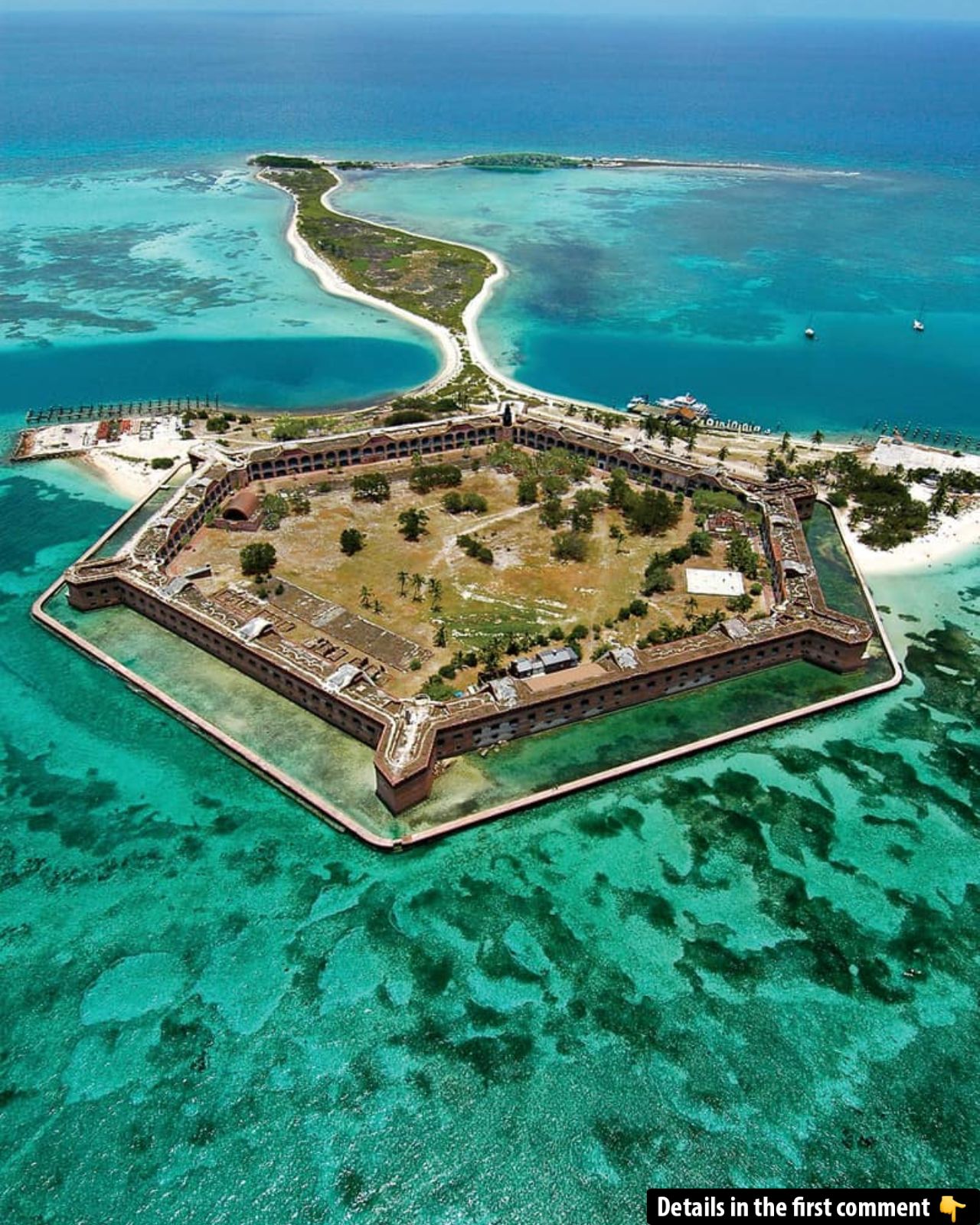Tucked away in the remote Dry Tortugas, 68 miles west of Key West, Florida, lies the massive brick fortress known as Fort Jefferson. Though it once stood as a critical military stronghold, it is now a forgotten relic, serving as a reminder of the country’s turbulent past. Despite its decaying walls and the natural forces that have battered it over the years, Fort Jefferson continues to captivate historians, architects, and tourists alike. In this exploration, we uncover its fascinating history, pivotal role in the American Civil War, and its transformation into a National Park.
Introduction to Fort Jefferson: A Forgotten Fortress of the Gulf
Fort Jefferson, located on Garden Key within the Dry Tortugas National Park, is an engineering marvel. Covering 16 acres and constructed from oer 16 million bricks, it is the largest brick masonry structure in the Americas. Despite its grandeur, it remains relatively obscure to those unfamiliar with its history. It sits on a small island in the Gulf of Mexico, surrounded by crystal-clear waters and coral reefs, offering a scenic yet remote environment. This fortress was not just a symbol of military might but also a crucial part of the United States’ defense strategy during the 19th century.
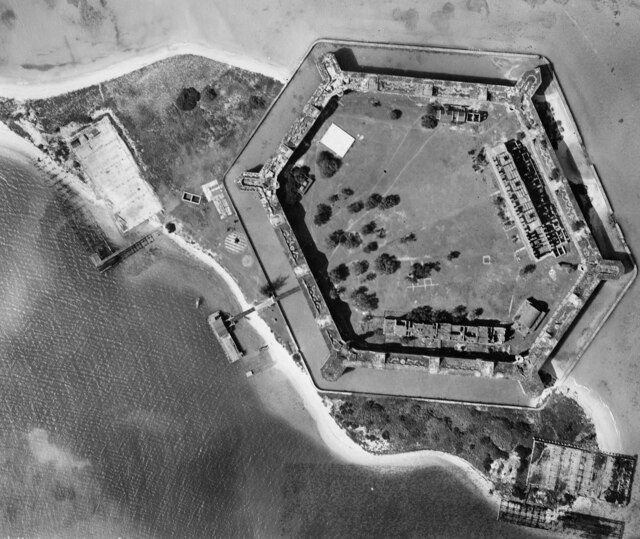
Video
Check out the video on Florida’s abandoned island fort – it’s a mysterious and fascinating journey into the past!
Historical Significance: From Naval Station to Civil War Prison
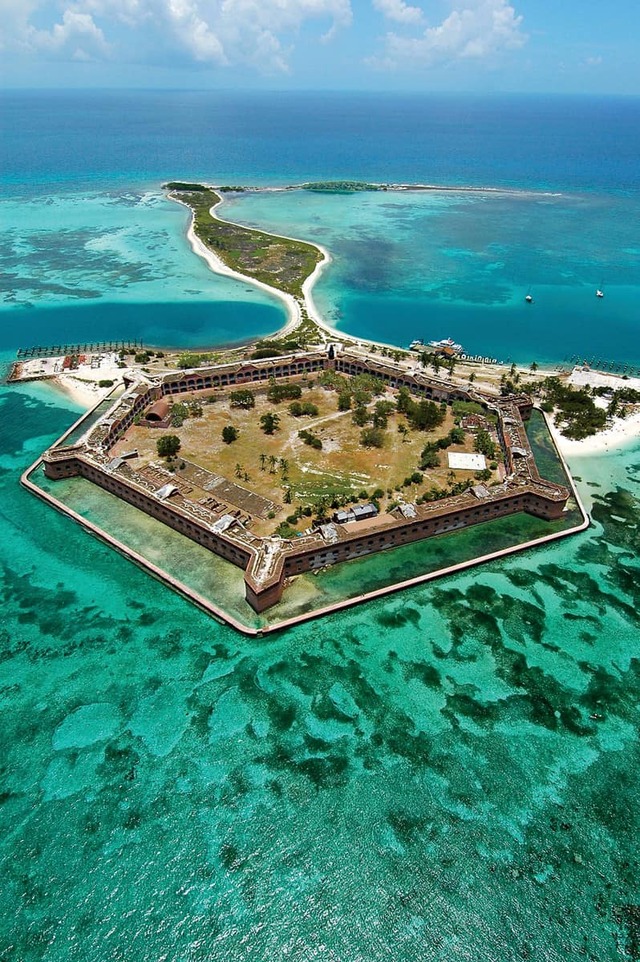
The origins of Fort Jefferson date back to the 19th century when the U.S. government sought to secure its territorial waters. In the early 1800s, the U.S. Navy deemed the Dry Tortugas unsuitable for a naval station due to the islands’ lack of fresh water and their marginal land. However, the U.S. government later recognized the strategic importance of the islands, particularly the Dry Tortugas, and saw potential in using them to control Gulf Coast shipping lanes. This led to the construction of Fort Jefferson in 1846, intended to protect the U.S. from foreign naval threats and secure the surrounding waters.
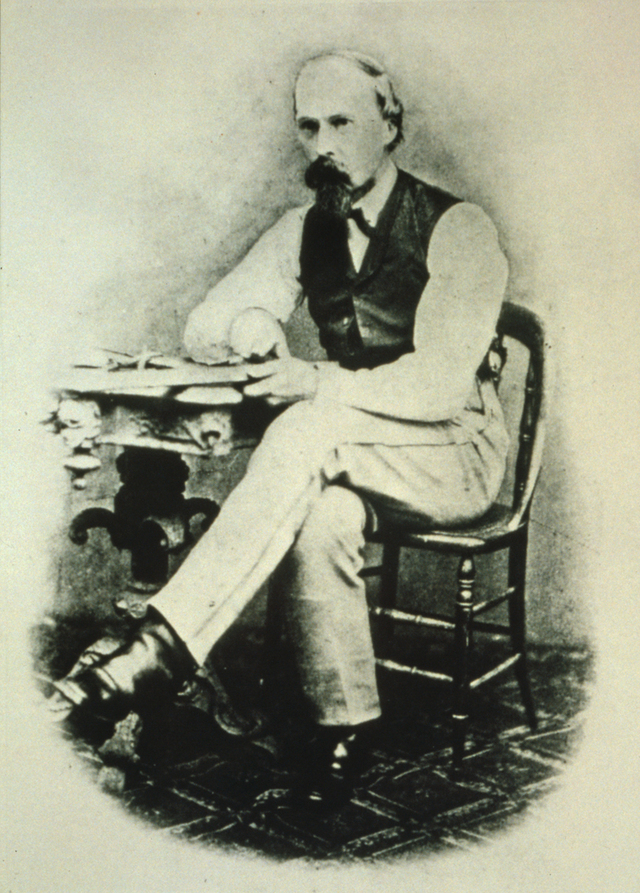
However, the fort’s historical significance extends beyond its military purpose. During the American Civil War, Fort Jefferson served as a Union prison. It housed Confederate soldiers, military prisoners, and civilians. Notably, the fort became infamous for its role in the imprisonment of Dr. Samuel Mudd, one of the conspirators involved in the assassination of President Abraham Lincoln. Dr. Mudd, along with several other prisoners, was held at Fort Jefferson for his role in the plot, marking the fortress’s involvement in one of the most significant moments in American history.

Construction of Fort Jefferson: A Monumental Task
The construction of Fort Jefferson was no small feat. When building began in 1846, the location presented numerous challenges. The island was difficult to access, and workers had to endure harsh conditions, including the tropical heat, limited freshwater, and the isolation from mainland resources. The fort was built using over 16 million bricks, a testament to the scale and ambition of the project. The design itself was groundbreaking. Lt. Horatio Wright, along with Lt. Montgomery Meigs, oversaw the development of the fort’s defensive walls, casemates, and numerous internal features.
Despite the fort’s strategic significance, the construction process was slow, and work was hampered by the lack of labor. Enslaved individuals were brought in from Key West and other areas of Florida to assist in the fort’s construction, as were Irish immigrant laborers. By the time construction was halted in the early 1860s, only half of the fort had been completed. However, it was large enough to house military personnel and prisoners during the Civil War, marking its first use as a military prison.
Role in the Civil War: Union Stronghold and Prison Camp
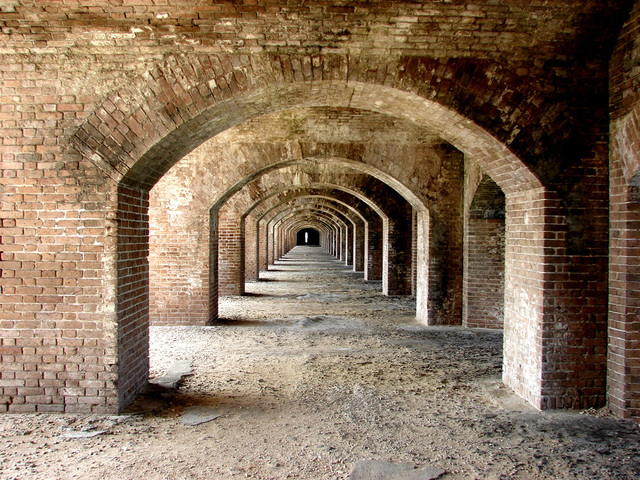
As the Civil War raged, Fort Jefferson became a vital stronghold for the Union Army. Its location made it an ideal military outpost, guarding the passage into the Gulf of Mexico. As the war escalated, the Union Army used the fort to house military prisoners, Confederate soldiers, and those accused of treasonous activities. This included the notorious case of Dr. Samuel Mudd, who was convicted for aiding John Wilkes Booth in the assassination of President Lincoln. Mudd’s imprisonment in the fortress is one of its most historically significant moments.
Throughout the war, the fort’s garrison was reinforced, with over 700 soldiers stationed there by 1864. Meanwhile, the number of prisoners steadily increased, and the facility became overcrowded. Despite the challenging living conditions, which included harsh weather, disease, and inadequate food supplies, Fort Jefferson continued to serve its purpose as both a military fortification and a prison.
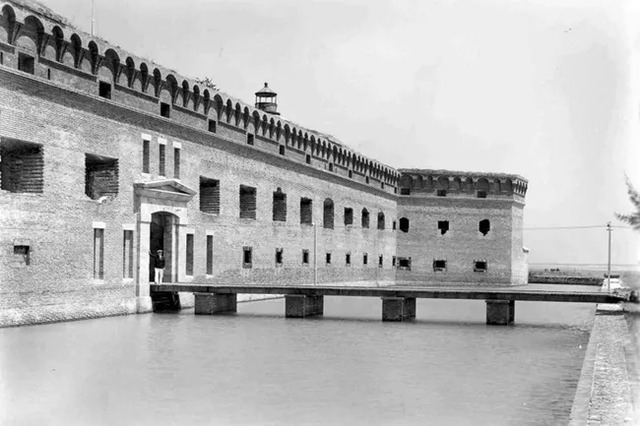
Post-Civil War and Decline: A Forgotten Relic
After the Civil War, Fort Jefferson’s role as a military stronghold and prison gradually diminished. The need for such a fortress waned, and the U.S. Army’s presence on the island dwindled. The fort was slowly abandoned, and by the late 1800s, it fell into disrepair. Hurricanes, tropical storms, and the ravages of time contributed to the fort’s deterioration. It wasn’t until the Spanish–American War in 1898 that Fort Jefferson saw any significant military use, as the U.S. Navy stationed its fleet there for a time.
By the early 20th century, Fort Jefferson had been largely forgotten. The U.S. government briefly used the area for quarantine purposes, and later, the island became a bird sanctuary. The fort was neglected, stripped of its valuable materials, and battered by storms. However, its historical importance was not completely overlooked. In the 1930s, efforts to preserve and restore the fort began, leading to its designation as a National Monument in 1935.
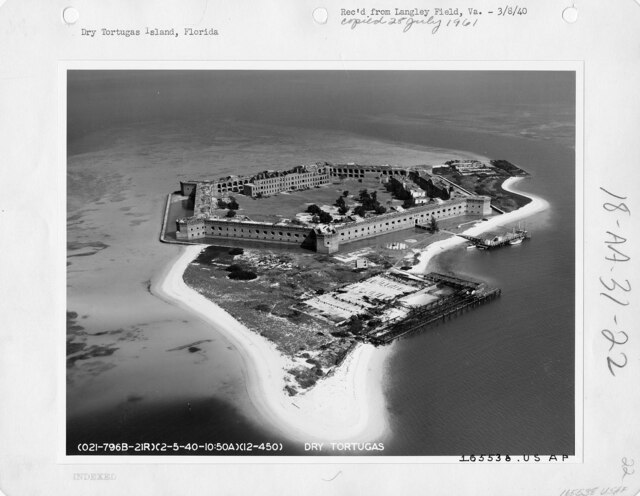
Transformation to a National Monument and Park

In 1935, President Franklin D. Roosevelt designated Fort Jefferson as a National Monument, ensuring that it would be preserved for future generations. Between 1935 and 1938, the Works Progress Administration undertook significant restoration efforts, repairing and maintaining the fort’s structures. This marked the beginning of the fort’s transformation into a historical site, which would later be recognized as a National Park in 1992.
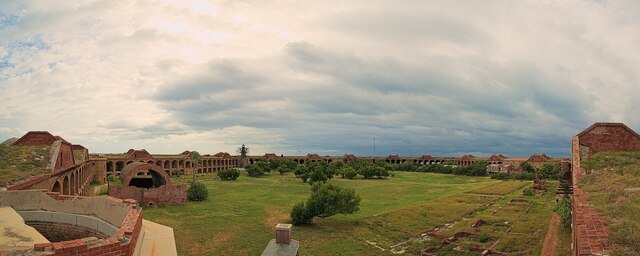
Today, Fort Jefferson stands as a testament to American history, its architecture, and its role in shaping the country’s defense strategies. The fort remains a popular tourist destination, attracting visitors from around the world who come to learn about its history, explore its preserved structures, and enjoy the natural beauty of the Dry Tortugas.
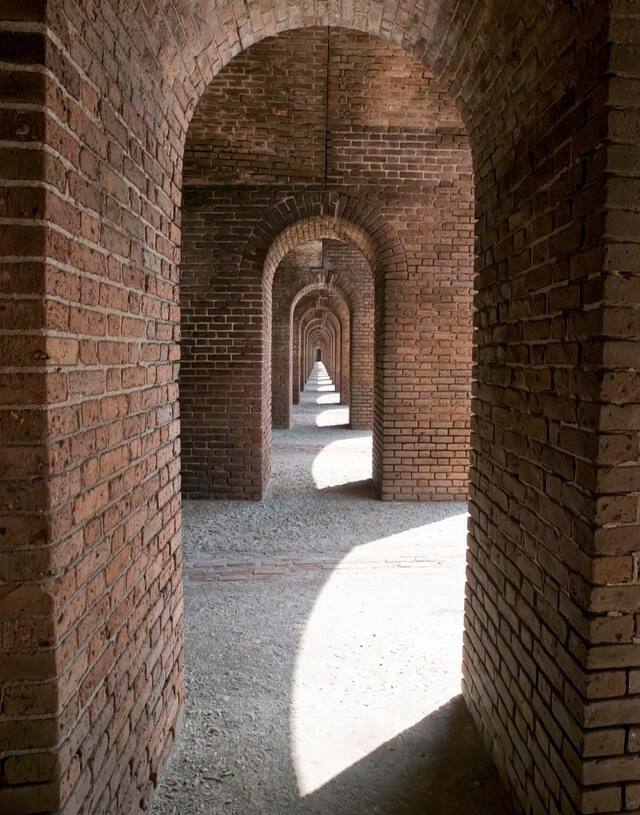
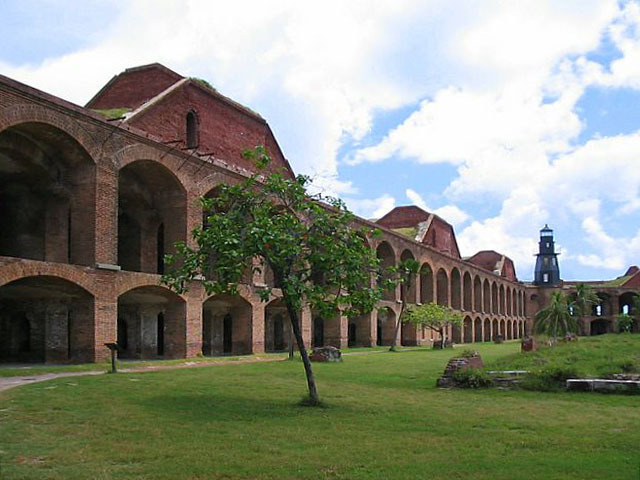
Modern-Day Fort Jefferson: A Popular Tourist Destination
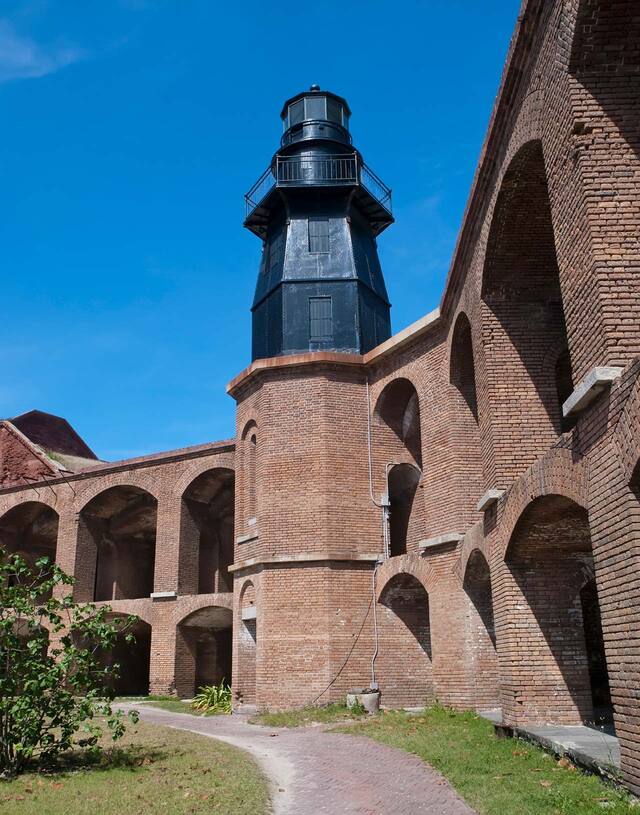
Fort Jefferson is now accessible by ferry, seaplane, and private boat, allowing tourists to experience its grandeur firsthand. Visitors to the fort can explore its impressive walls, parade ground, and the restored lighthouse. The fort also offers a unique opportunity to swim and snorkel in the crystal-clear waters surrounding the island, making it a popular destination for both history enthusiasts and outdoor adventurers.
In addition to its historical significance, Fort Jefferson is also home to a museum and bookstore, offering visitors a deeper understanding of the fort’s past and its role in American history. The fort’s remote location, combined with its fascinating history, makes it a must-see destination for anyone interested in learning about the history of the American Civil War, military strategy, and architectural ingenuity.
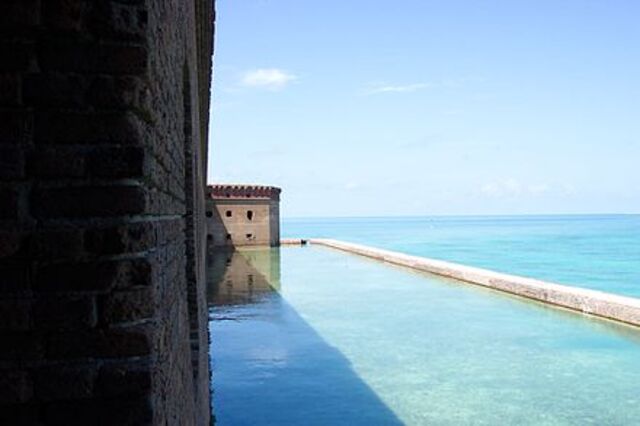

Video
Watch the video to explore Dry Tortugas National Park in Florida – it’s a stunning and remote destination full of history!
Conclusion: Fort Jefferson’s Enduring Legacy
Fort Jefferson stands as a symbol of America’s military history, resilience, and architectural prowess. From its early days as a strategic coastal fortress to its role in the Civil War and eventual transformation into a National Park, Fort Jefferson’s legacy continues to captivate those who visit it. As one of the largest brick masonry structures in the Americas, the fort is a testament to the ingenuity of its builders and the endurance of a once-vital military installation. Today, Fort Jefferson serves not only as a historical monument but as a reminder of the United States’ complex past and the enduring importance of preserving our shared history.
